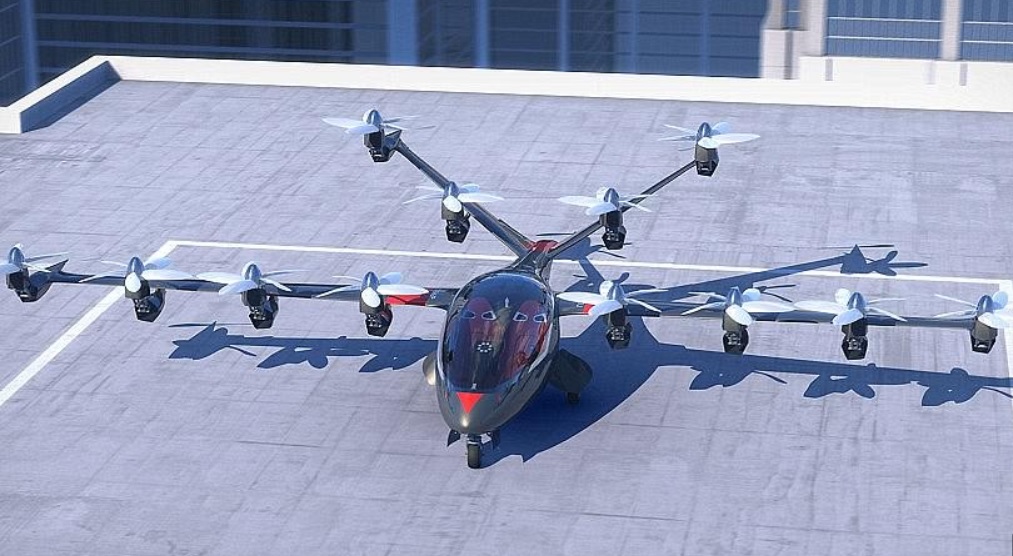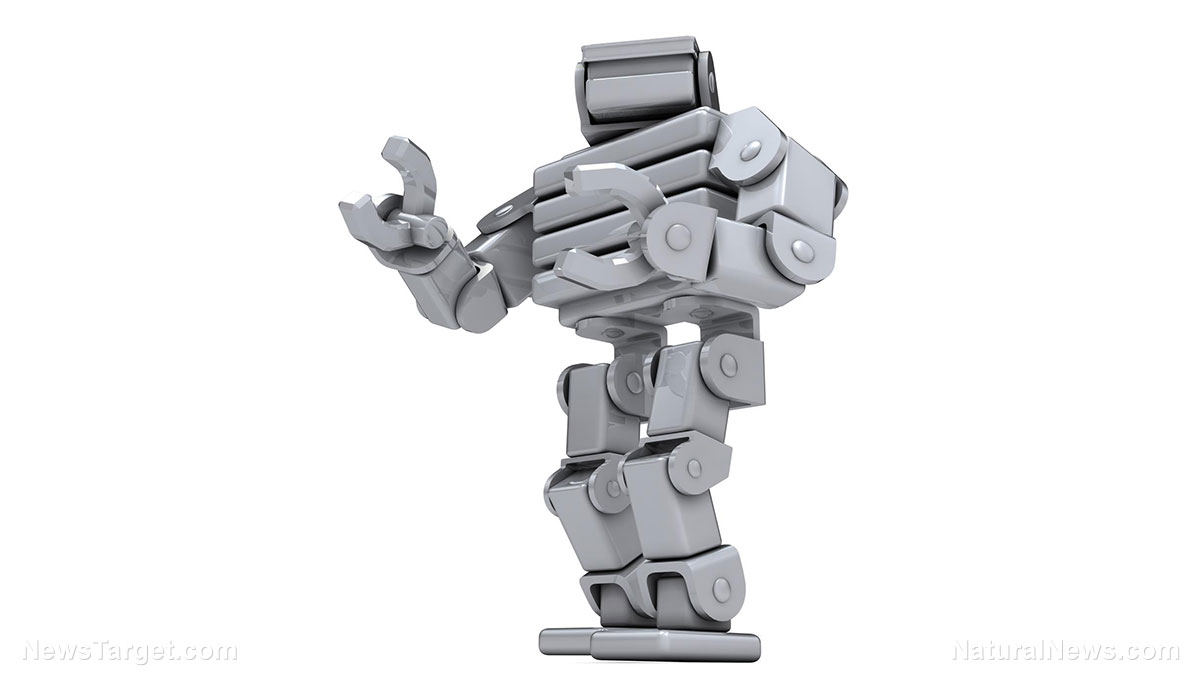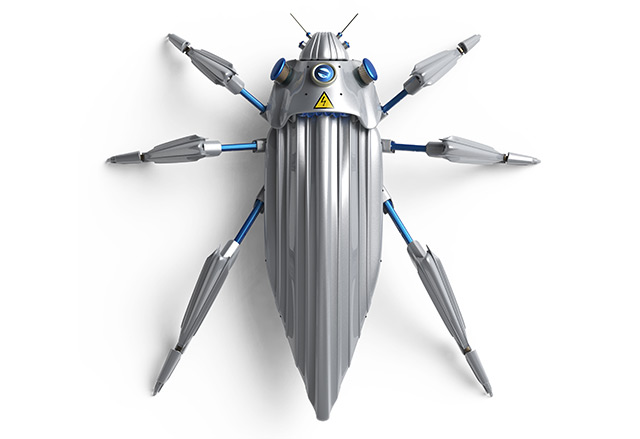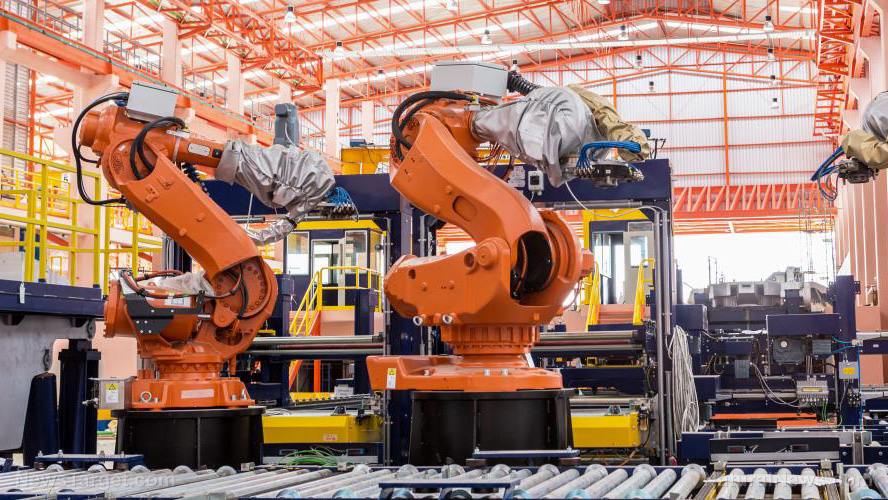10/31/2016 / By Don Wrightman
It must have crossed your mind at some point, with the way technology is going, that we will one day see self-flying planes. While that day is still in the future, it is evidently creeping closer. The government is now collaborating on a program that will create a robotic co-pilot to help fly aircraft.
Airlines are struggling with shortages of trained pilots. Officials say they can reduce the number of pilots required to fly aircraft with new technology while increasing safety and efficiency. The program funded by the Defense Advanced Research Projects Agency, the Pentagon’s arm for development of emerging technologies, is run by privately contracted Aurora Flight Sciences.
John Langford, Aurora’s CEO and chairman says “It’s really about a spectrum of increasing autonomy and how humans and robots work together so that each can be doing the thing that it’s best at,” Langford looks forward to the day when self flying planes are controlled by a grounded pilot.
Recently, there was a technology demonstration at a small Virginia airport where a robot was in the right seat of a Cessna aircraft and human pilot in the left seat tapped commands to the robot on a tablet — while the robot flew the plane. Technology to fly planes isn’t exactly new. Current autopilot features are generally used for entire flights with the exception of takeoff and landing. Although auto-pilot wouldn’t have much trouble taking over the entire flight process, this technology takes it steps further.
Aircrew Labor In-Cockpit Automation System, or ALIAS, uses cameras to see all the cockpit instruments and read the gauges. It recognizes switch position and can flip them. It learns from its own flying experience along with the entire database for it’s plane type. The robot will have the ability to react faster then traditional pilots. They can call up every emergency checklist for any possible situation.
The robot is designed as “drop-in” technology. It is ready for use in any plane or helicopter. “The robot carries in them the DNA of every flight hour in that (aircraft) system, every accident. It’s like having a human pilot with 600,000 hours of experience.” The only thing ALIAS can’t do in the cockpit is order a coffee.
The robot still faces some challenges including FAA safety regulations. ALIAS’s program manager Dan Patt believes replacing human pilots with robots is still decades away although elements of the technology may be utilized within the next 5 years. Pilot unions remain skeptical that robots can replace humans citing heroic pilots that have improvised to overcome multiple system failures and save lives. There are abnormal situations where a pilot’s judgment and experience can make critical decisions, where a robot might not know to land a failing plane in the Hudson River.
Sources:
Hosted.ap.org
Engadget.com





















